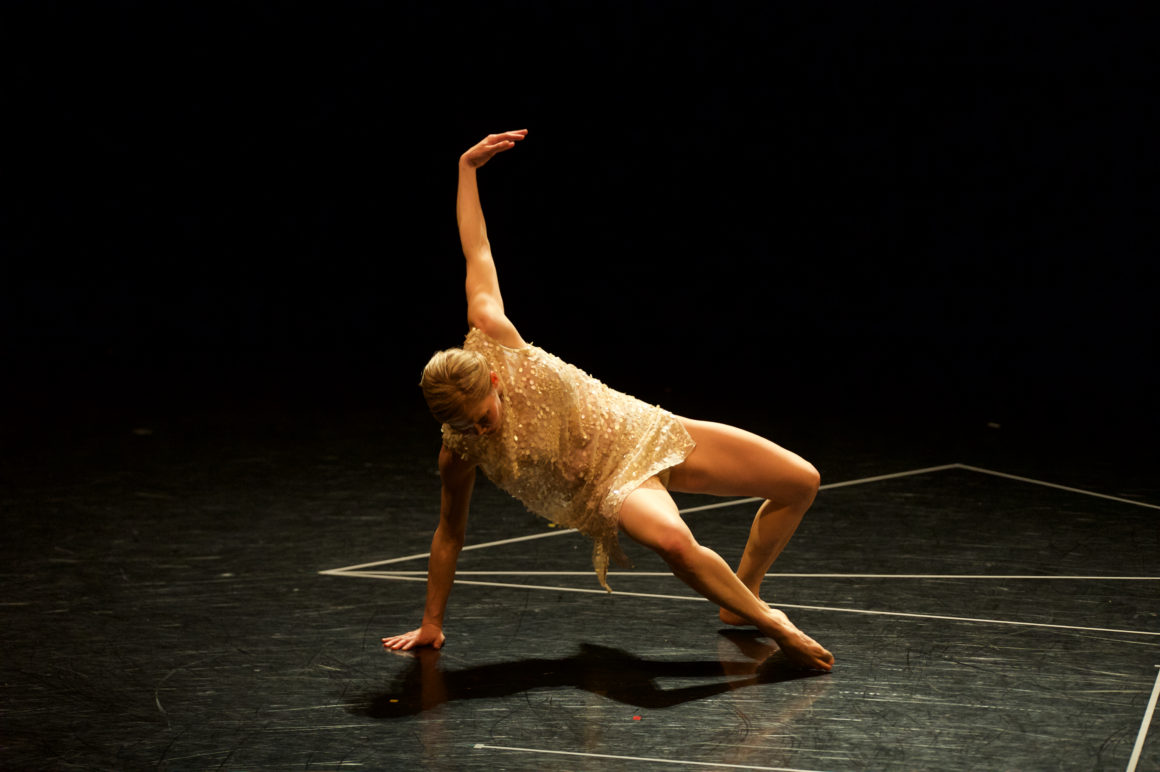
Peggy Baker’s SplitScreen presents the duality of dance at the U of C
By Gurman Sahota, September 20 2016 —
The University of Calgary will host SplitScreen, a contemporary dance presentation on Sept. 23 and 24 at 8:00 p.m. Tickets are available at the University Theatre on campus or online.
Contemporary dancer and choreographer Peggy Baker created the performance from seven dances. She says the piece is unique in its dual performance by two distinct but symbiotic performers during each piece.
The Gauntlet sat down with Baker to talk juxtaposition and audience reaction.
The Gauntlet: Are you excited to finally see SplitScreen performed?
Peggy Baker: Well, it’s not brand new — in fact one of them is from 1998, one of them is quite old and another one is 2012. It’s a group of dances that I brought together because I discovered this beautiful thread in my works that I wanted bring out. These dances had unusual connections and I wanted to bring them together into a single program. The thing they all have in common is that there’s basically two lines of action going on in very different ways, which is where the title SplitScreen came from.
G: Why did you choose juxtaposing performances?
B: I have to say that I do not know — that wasn’t my point. [But] I discovered it was something these works had in common. There’s more than one way of looking at anything. One of the beautiful things about artwork is that there’s mystery, ambiguity and wonder that requires the viewer to explain it to themselves, to respond to it [and] find a correlation in these two actions.
G: What do you hope audiences take away from SplitScreen?
B: I want them to say, “wow, I’m really glad that I’m there.” [I want] to provide them with an experience, an afterglow, a
stimulation [and] not a take-away message, because that’s not a meaningful response. It’s something way more personal than
that. In other words, their experience is primary — what happened to them, where they went in relation to the works and how they complete the work. Because live performance work is only completed by the presence, experience and response of the viewer.
Edited for brevity and clarity
